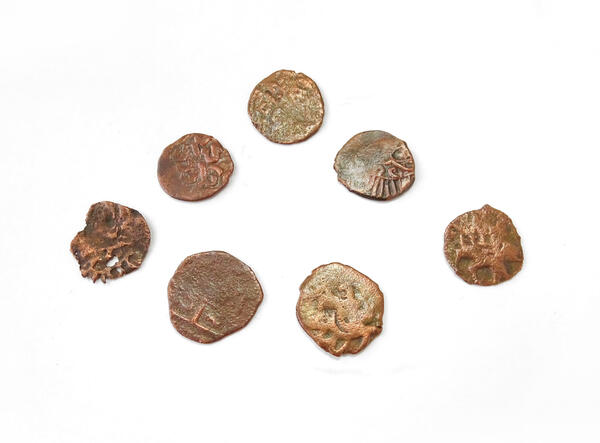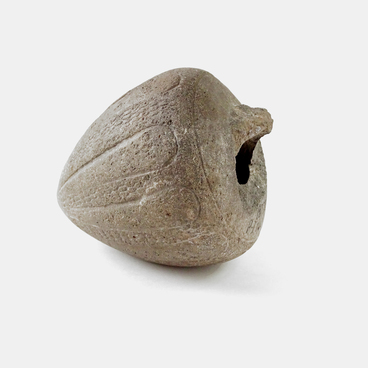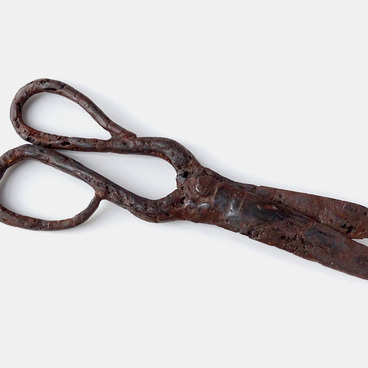Pūl is a small copper coin of the Golden Horde, which was minted in the 13th-15th centuries. Originally, the first copper pūls came into existence in the 50s of the 13th century. Copper pūls were minted at more than twenty different mints, which were spread across different parts of the Golden Horde. Among the largest are Khorezm, Crimea, Saray, Gulistan, and Azak. Copper pūls of the Golden Horde are the coins that are interesting, firstly due to their variety in design, and secondly due to the fact that you can read the history of the time period of their appearance on them.
The coin had the name of the khan, the title of the ruler, some good wishes could be inscribed and the year of minting was indicated. The year is prescribed accordingly to the Hijri-Muslim lunar calendar. The legend on the copper pūl was inscribed using the Arabic alphabet.
The method of producing these small copper coins was quite simple. A billet in the form of a copper bar was taken, and cut into equal parts. The resulting blanks were then torrefied and flattened on both sides. The design was applied using a special stamp. It goes without saying that the thickness and shape of the coins varied greatly when produced in such manner, and this is the reason for the great variety.
If one side of the coin displays a legend, the image on the other side can vary widely. There are various patterns, as well as images of animals, birds and even warriors.



